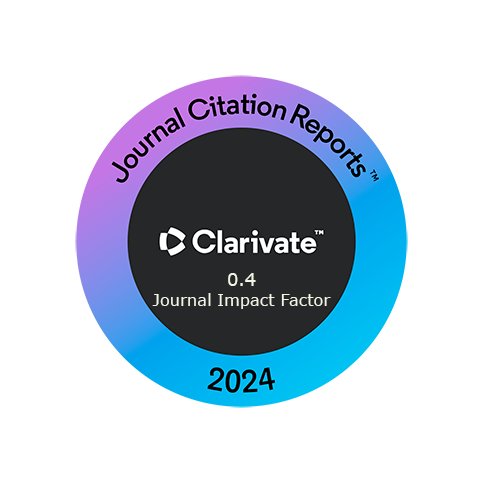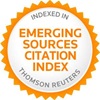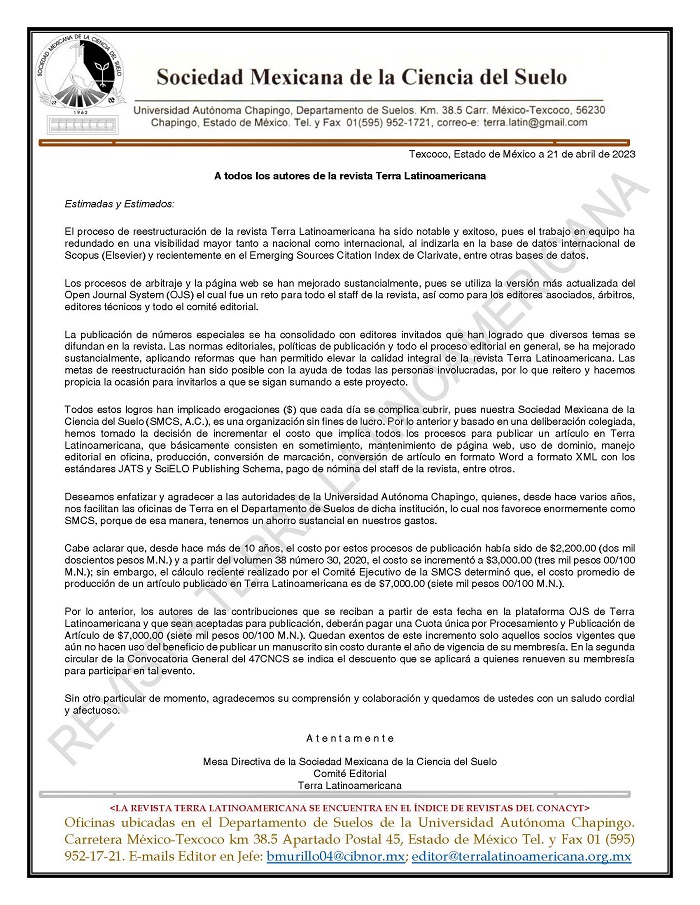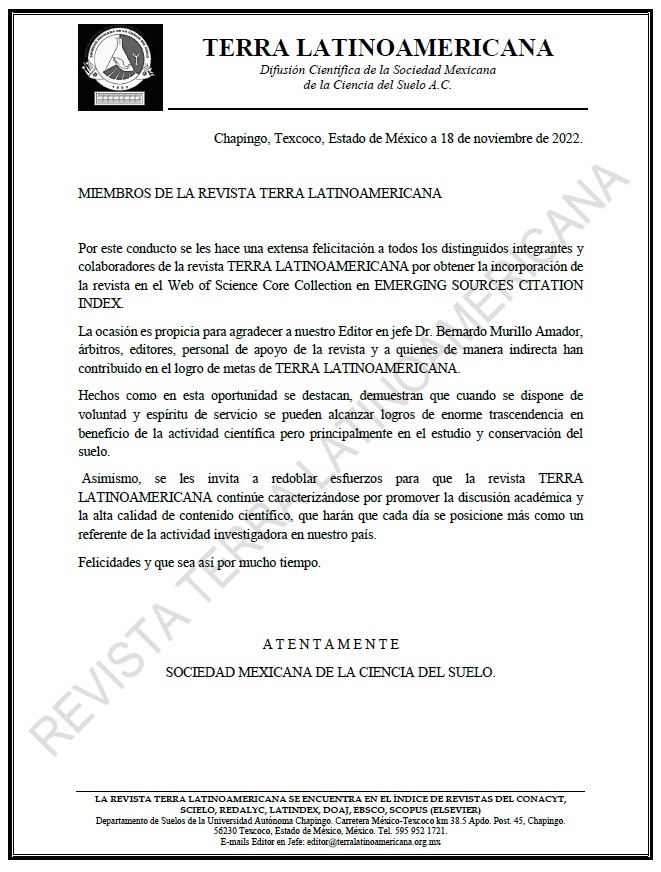Evaluación del Consumo de Caucho Vulcanizado por Hongos Ligninocelulolíticos
DOI:
https://doi.org/10.28940/terralatinoamericana.v43i.1979Palabras clave:
biodegradación, ambiental, phlebiopsis sp., trametes, residuosResumen
La biodegradación del caucho vulcanizado es un reto ambiental debido a su alta resistencia a la descomposición. E ste estudio evaluó la capacidad de tres cepas de hongos lignocelulolíticos (Phlebiopsis sp., Trametes sanguinea y Trametes cingulata) para degradar polvo de neumático en medio líquido, y seleccionó estas cepas por su habilidad previa para degradar compuestos tóxicos como el xileno.
Los resultados destacaron a Phlebiopsis sp. como la cepa más eficaz, con una reducción notable del 43.163% en el contenido de caucho en el tratamiento con 75% caucho y 25% PDB (T2). T. sanguinea también mostró un rendimiento significativo, con una reducción del 9.58% en el mismo tratamiento. Estos resultados subrayan el potencial de estas cepas para la biorremediación del caucho, un material conocido por su persistencia ambiental.
Las espectroscopías FTIR confirmaron que tanto Phlebiopsis sp. como T. sanguinea provocaron modificaciones estructurales en el caucho, evidenciando una disminución en las señales asociadas a los grupos funcionales del caucho y el negro de carbono. Esto demuestra que estos hongos pueden alterar la estructura química del caucho, facilitando su degradación.
Este estudio destaca la importancia de seleccionar cepas específicas para la biorremediación industrial. Phlebiopsis sp. se revela como una opción particularmente prometedora debido a su alta capacidad de degradación. T. sanguinea, aunque menos eficaz, también presenta un potencial considerable. Estos hallazgos son cruciales para desarrollar estrategias efectivas para manejar residuos de caucho y sugieren que futuras investigaciones deberían centrarse en optimizar las condiciones de cultivo y explorar los mecanismos enzimáticos de estas cepas.
Descargas
Publication Facts
Reviewer profiles N/D
Author statements
- Academic society
- Terra Latinoamericana

















